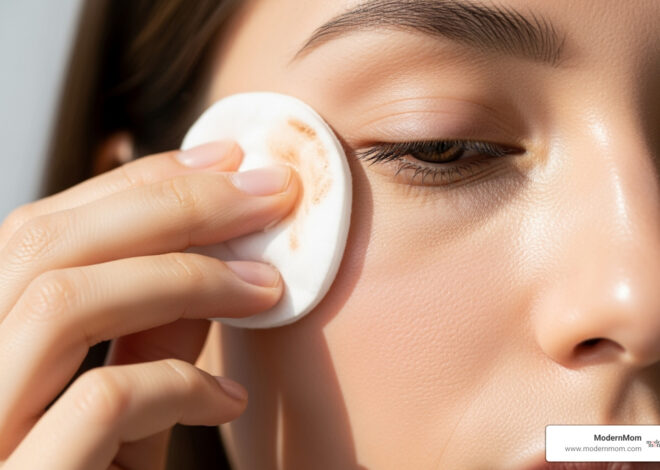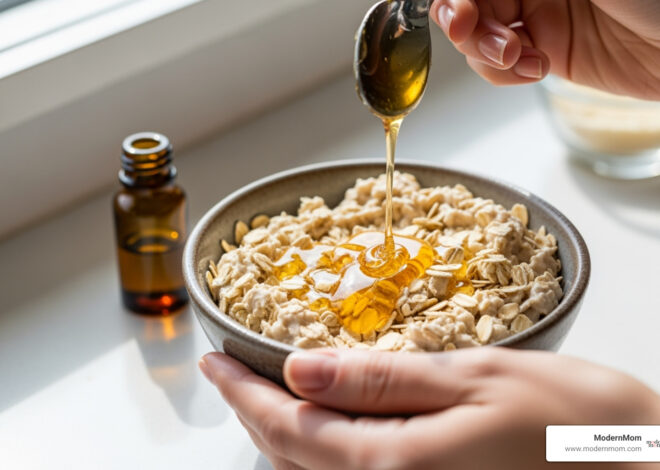Having baby-soft skin can make you feel and look healthier and younger. However, getting that baby-soft skin does take some work to both prevent and treat dry skin. The National Skin Care Institute promotes caring for skin to prevent dry skin that needs treatment, but there are things you can add to your regular beauty routine that will also treat dry skin.
Drink Water
Drink a minimum of eight glasses of water every day. Water hydrates the entire body, including the skin.
Wear Sunscreen
Wear sunscreen and avoid excessive sun exposure. Sunscreen is important in both the summer and winter, as the sun will dry out your skin no matter the season.
Take a Bath
Soak in a warm bath with some bath oils that contain natural ingredients added to the water. However, don’t linger too long in the tub, as too much soaking can dry the skin. Follow the bath oil label instructions when adding oils to your bath water.
Exfoliate
Exfoliate once a week. Using an exfoliating body scrub or loofa sponge will remove dead skin cells and leave your skin smoother.
Moisturize
Use a moisturizing lotion after showering or bathing and at other times as needed. There’s no one moisturizer that’s best for everyone, as skin types vary, reports MayoClinic.com. Choose one that is labeled to work on your skin type.
Shield Yourself
Use a shielding lotion for your hands or other areas with excessive dryness. Hands tend to become dry from everyday activities such as washing with antibacterial soaps and using cleaners. Shielding lotions such as Gloves in Bottle and Skin MD Natural that are recommended by dermatologist Dr. Peter Helton on the The National Skin Care Institute website prevent the skin from drying out from daily activities.
Don’t Smoke
Avoid smoking or secondhand smoke. Cigarette smoke removes nutrients from the skin and overall dries and damages the skin, states MayoClinic.com
Eat Healthy Foods
Eat foods that will promote healthy skin. These include foods such as walnuts, canola oil, flaxseeds and vitamin E-rich foods such as leafy green vegetables and wheat germ flakes, states dermatologist Dr. Lisa Benest on The National Skin Care Institute website.





